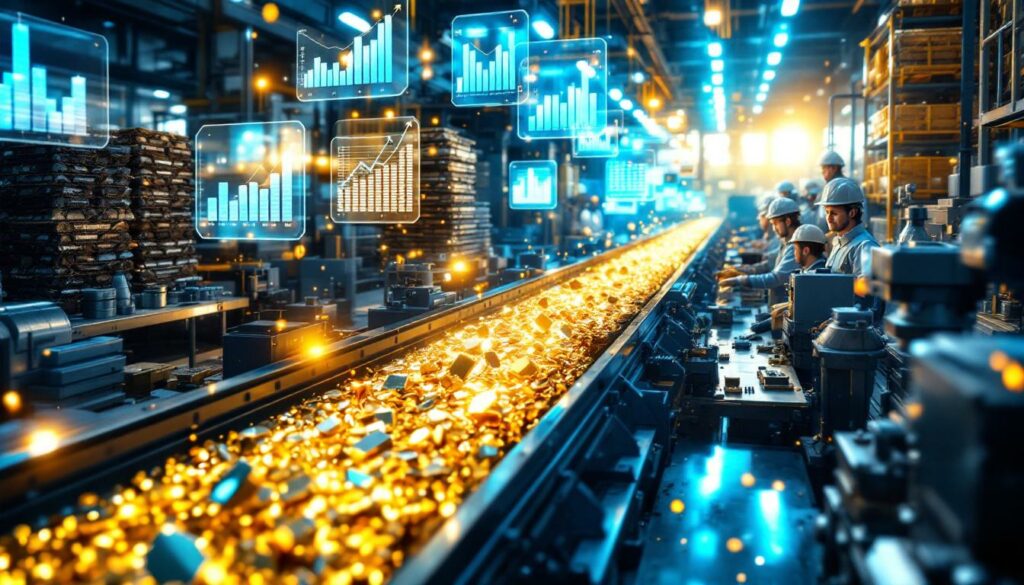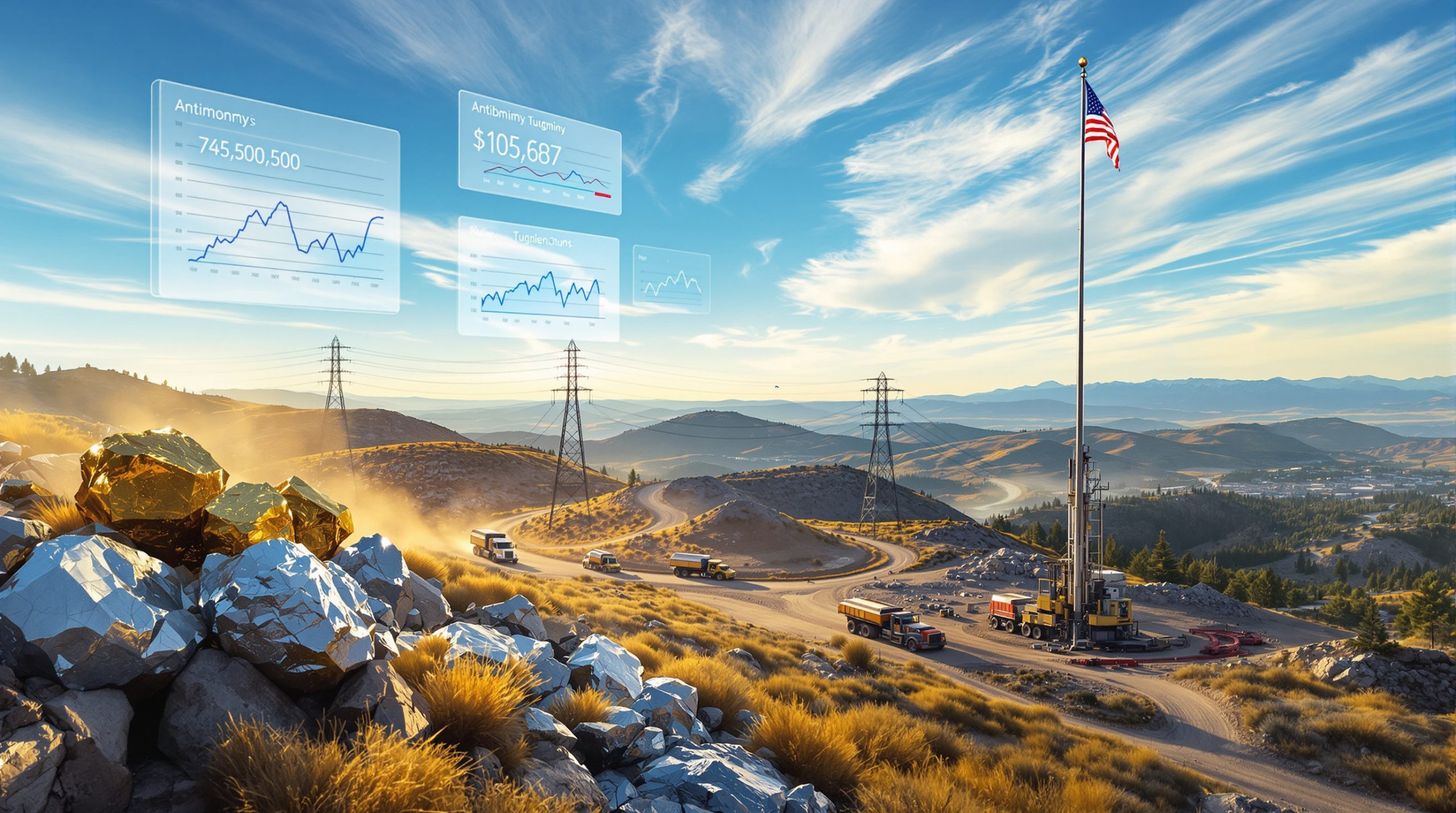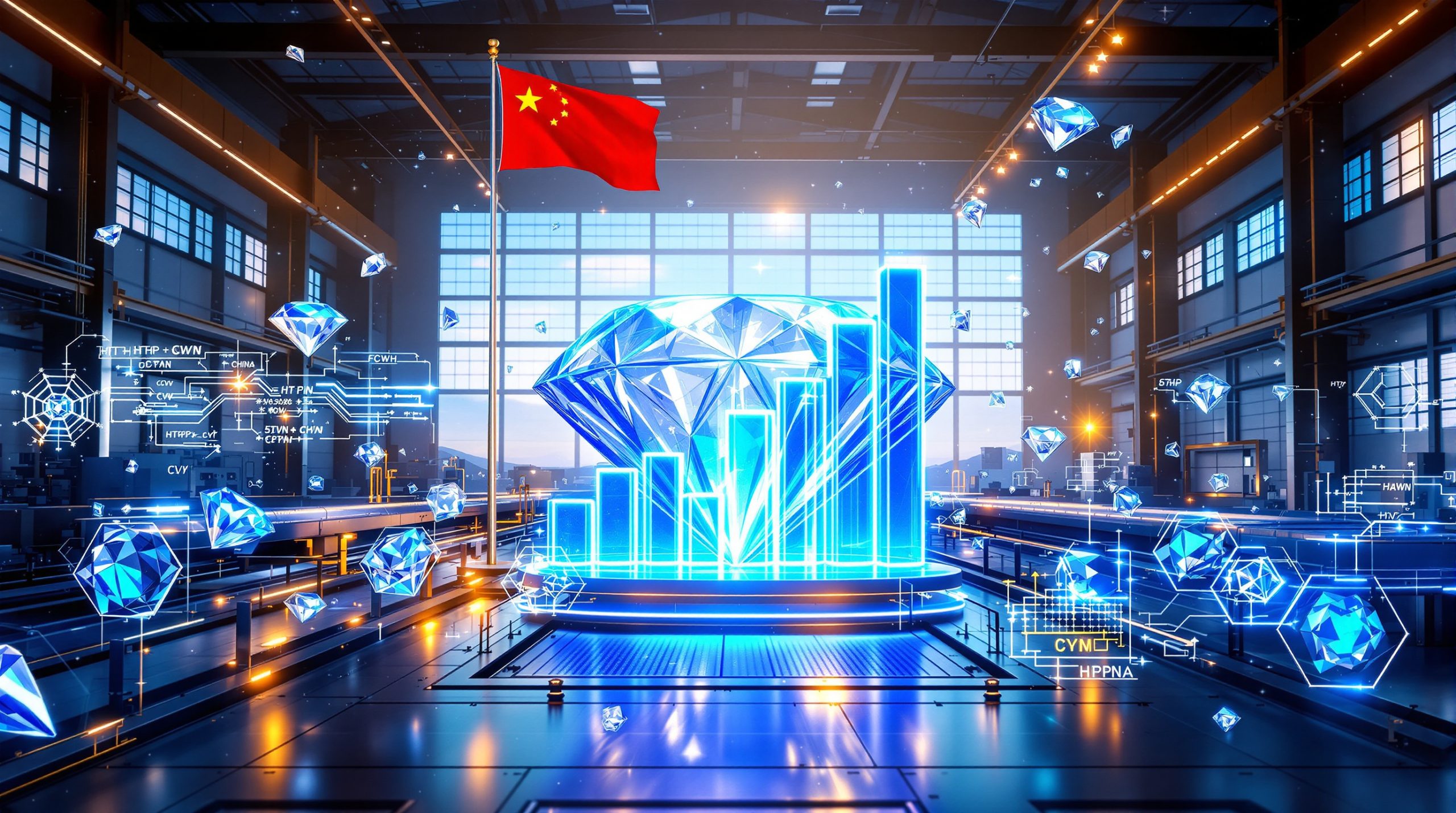Strategic Metals Recycling: How Sibanye-Stillwater is Expanding its Urban Mining Operations
Sibanye-Stillwater's metals recycling business is set for significant expansion with the company's latest strategic acquisition. This move strengthens the mining giant's position in the growing urban mining sector while adding valuable processing capabilities and technological expertise to its recycling portfolio.
What is Sibanye-Stillwater's Latest Acquisition in Metals Recycling?
Sibanye-Stillwater has signed a definitive purchase agreement to acquire Metallix Refining, a well-established precious metals recycling company based in New Jersey, USA. This acquisition represents a strategic expansion of Sibanye's recycling operations, particularly in the United States where the company already maintains significant facilities in Montana and Pennsylvania.
"This acquisition aligns perfectly with our urban mining strategy," said Neal Froneman, CEO of Sibanye-Stillwater. "Bringing Metallix into our portfolio allows us to recover more valuable metals from waste streams while expanding our sustainable metals production capabilities."
Key Details of the Metallix Acquisition
The transaction involves significant investment from Sibanye-Stillwater:
- Enterprise value: US$105 million (approximately A$168.2 million)
- Cash purchase consideration: US$82 million (approximately A$125.6 million)
- Expected closing: Third quarter of 2025, pending regulatory approvals
This acquisition comes at a time when recycling operations are becoming increasingly valuable in the metals industry, offering both environmental benefits and supply chain advantages.
Why is Metals Recycling Becoming Increasingly Important?
The Growing Significance of Urban Mining
Urban mining—the process of recovering valuable metals from waste streams and end-of-life products—is gaining prominence as traditional mining faces greater challenges. With high-grade ore bodies becoming scarcer and more expensive to develop, companies like Sibanye-Stillwater are increasingly looking to recycling as a sustainable source of precious and industrial metals.
As Neal Froneman explained, "Urban mining provides a circular economy solution that complements our traditional mining operations. By recovering metals from waste streams, we can reduce environmental impact while meeting growing demand for critical metals."
Environmental and Economic Benefits
The shift toward metals recycling offers numerous advantages:
- Resource conservation: Each ton of recycled metal potentially saves multiple tons of ore from being mined
- Energy efficiency: Recycling typically requires 60-90% less energy than primary production
- Carbon footprint reduction: Significantly lower greenhouse gas emissions compared to conventional mining
- Waste minimization: Diversion of end-of-life products from landfills
- Supply chain security: Reduced dependence on geopolitically sensitive mineral sources
The industry has also seen significant mining sustainability transformation in recent years as companies seek more environmentally responsible practices.
What Capabilities Will Metallix Bring to Sibanye-Stillwater?
Processing Capacity and Expertise
Metallix brings substantial processing infrastructure and technical knowledge to Sibanye-Stillwater's recycling business. During the 12-month period ending December 31, 2024, Metallix demonstrated impressive operational capacity:
| Material Processed | Volume |
|---|---|
| Precious metals-bearing waste | Approximately 4,200 pounds |
This processing capacity complements Sibanye's existing recycling operations and provides additional throughput potential for the company's urban mining strategy.
Metal Recovery Performance
One of the most valuable aspects of the Metallix acquisition is the company's proven ability to efficiently recover multiple precious and industrial metals from complex waste streams:
| Metal | Amount Recovered (12 months ending Dec 31, 2024) |
|---|---|
| Gold | 21,000 ounces |
| Silver | 874,000 ounces |
| Palladium | 48,000 ounces |
| Platinum | 48,000 ounces |
| Rhodium | 4,000 ounces |
| Iridium | 3,000 ounces |
| Copper | 263 kilopounds |
These recovery figures demonstrate Metallix's ability to extract value from waste materials across a diverse range of metals—particularly platinum group metals (PGMs) that are critical to automotive, industrial, and electronics applications.
Technological Advantages
The acquisition provides Sibanye-Stillwater with access to:
- Proprietary processing technologies developed by Metallix
- Specialized recycling expertise accumulated over years of operation
- Two established processing facilities in Greenville, North Carolina
Industry analysts note that these technological capabilities are particularly valuable as recycled materials become increasingly complex, requiring more sophisticated processing methods to efficiently recover valuable metals. Additionally, the advanced battery recycling process developed by companies like Panasonic shows how these technologies are becoming increasingly important across the metals sector.
How Will This Acquisition Strengthen Sibanye's Recycling Business?
Enhanced Operational Capabilities
The integration of Metallix is expected to provide several strategic advantages:
- Expanded global reach: Broader geographical footprint for recycling operations
- Improved logistics: Enhanced internal capabilities for material movement
- Diversified sourcing: Increased ability to source materials from multiple regions
- End-to-end solutions: Capability to offer comprehensive services to customers
These operational enhancements will allow Sibanye-Stillwater to capture more value throughout the recycling value chain, from collection to processing to metal recovery.
Synergies with Existing Operations
According to Sibanye-Stillwater's CEO Neal Froneman, the company anticipates "significant value uplift through the large number of synergies with our existing recycling operations." These synergies are expected to include:
- Operational efficiencies: Shared resources and infrastructure
- Technical knowledge exchange: Cross-pollination of processing expertise
- Market intelligence: Combined insights into recycling material flows
- Customer relationships: Expanded service offerings to existing clients
- Scale advantages: Greater purchasing power and logistics optimization
"By combining Metallix's capabilities with our existing recycling operations, we create a stronger platform for growth in the urban mining sector," noted Froneman. "This allows us to extract maximum value from recycled materials while advancing our sustainability objectives."
What is Sibanye-Stillwater's Track Record in Sustainability?
Recognition for Sustainability Leadership
Beyond its recycling expansion, Sibanye-Stillwater has demonstrated long-term commitment to sustainability practices. The company has been included in the FTSE4Good Index Series for ten consecutive years, highlighting its ongoing leadership in environmental, social, and governance (ESG) practices.
The FTSE4Good Index Series is designed to measure the performance of companies demonstrating strong ESG practices. Inclusion requires meeting stringent criteria across multiple sustainability dimensions, making this a meaningful external validation of Sibanye's sustainability commitment.
Sustainability Integration in Business Strategy
Sibanye-Stillwater's expansion in recycling aligns with broader industry innovation trends toward:
- Circular economy principles: Keeping materials in use for as long as possible
- Resource conservation: Reducing demand for newly-mined materials
- Reduced environmental footprint: Minimizing waste, emissions, and land disturbance
- Sustainable metal supply chains: Meeting customer demand for responsibly sourced materials
How Does This Acquisition Fit Into Global Metals Recycling Trends?
Growing Importance of Secondary Metal Sources
As primary ore grades decline and environmental regulations tighten, recycling is becoming an increasingly important source of metals. The acquisition positions Sibanye-Stillwater to capitalize on:
- Electronics recycling growth: The e-waste stream is growing 3-5% annually, containing valuable gold, silver, and PGMs
- Automotive catalyst market expansion: Rising vehicle numbers and stricter emissions standards increase catalyst recycling volumes
- Industrial scrap recovery: Manufacturing efficiency initiatives are increasing industrial metal recycling rates
- Jewelry recycling: Economic conditions and precious metal prices influence jewelry recycling volumes
Market Outlook for Recycled Metals
The market for recycled precious and industrial metals shows strong growth potential:
- Growing demand: Many industries now seek recycled metal content for sustainability goals
- Supply chain resilience: Recycled sources provide a hedge against primary production disruptions
- Regulatory support: Government policies increasingly favor recycled content and producer responsibility
- Consumer preference: End users increasingly value products containing recycled materials
Recent advances in green iron production sustainability demonstrate how this transition toward more sustainable metals processing is occurring across multiple sectors.
What Challenges Might Sibanye Face in Expanding its Recycling Business?
Integration Considerations
As with any acquisition, Sibanye-Stillwater will need to effectively integrate Metallix's operations:
- Cultural alignment: Ensuring consistent operating philosophy across combined entities
- Technology integration: Harmonizing systems, processes, and technical approaches
- Personnel retention: Maintaining key expertise through the transition
- Operational continuity: Minimizing disruption during integration
Market and Competitive Factors
The recycling industry presents specific challenges:
- Price volatility: Fluctuating metal prices affect recycling economics and margins
- Feedstock competition: Increasing competition for high-quality recyclable materials
- Technological change: Evolving product designs affecting metal recoverability
- Regulatory complexity: Navigating varying regulations across jurisdictions
Furthermore, the need for mine reclamation innovation continues to be important as companies balance recycling operations with traditional mining activities.
Disclaimer: This article contains forward-looking statements about business strategies and market conditions. Actual results may differ materially from those projected due to various factors including market conditions, regulatory approvals, and integration challenges.
FAQ: Sibanye-Stillwater's Metals Recycling Expansion
What types of materials does Sibanye-Stillwater recycle?
Sibanye-Stillwater primarily recycles materials containing platinum group metals (PGMs), gold, silver, and copper. These include automotive catalytic converters, electronic waste, industrial catalysts, and other precious metal-bearing materials.
How does metals recycling compare to traditional mining?
Recycling typically requires significantly less energy than extracting metals from ore, produces fewer greenhouse gas emissions, and eliminates the need for new mining operations. It also helps recover valuable metals that would otherwise be lost to landfills.
What are the economic benefits of metals recycling?
Recycling can provide a more stable and predictable source of metals compared to mining, which is subject to geological, political, and operational uncertainties. It can also be more cost-effective for certain metals, particularly as ore grades decline globally.
How does this acquisition affect Sibanye-Stillwater's market position?
This acquisition strengthens Sibanye-Stillwater's position in the recycling market, particularly in North America. It complements the company's existing mining operations and helps diversify its revenue streams beyond primary production.
Further Exploration
Readers interested in learning more about metals recycling and mining industry developments can explore related educational content at Australian Mining's website, which offers insights on various aspects of the mining and metals industries.
Ready to Capitalise on the Next Mineral Discovery?
Discover how significant mineral findings like those by De Grey Mining and WA1 Resources can generate substantial returns by exploring Discovery Alert's dedicated discoveries page, where our proprietary Discovery IQ model transforms complex mineral data into actionable investment opportunities.




